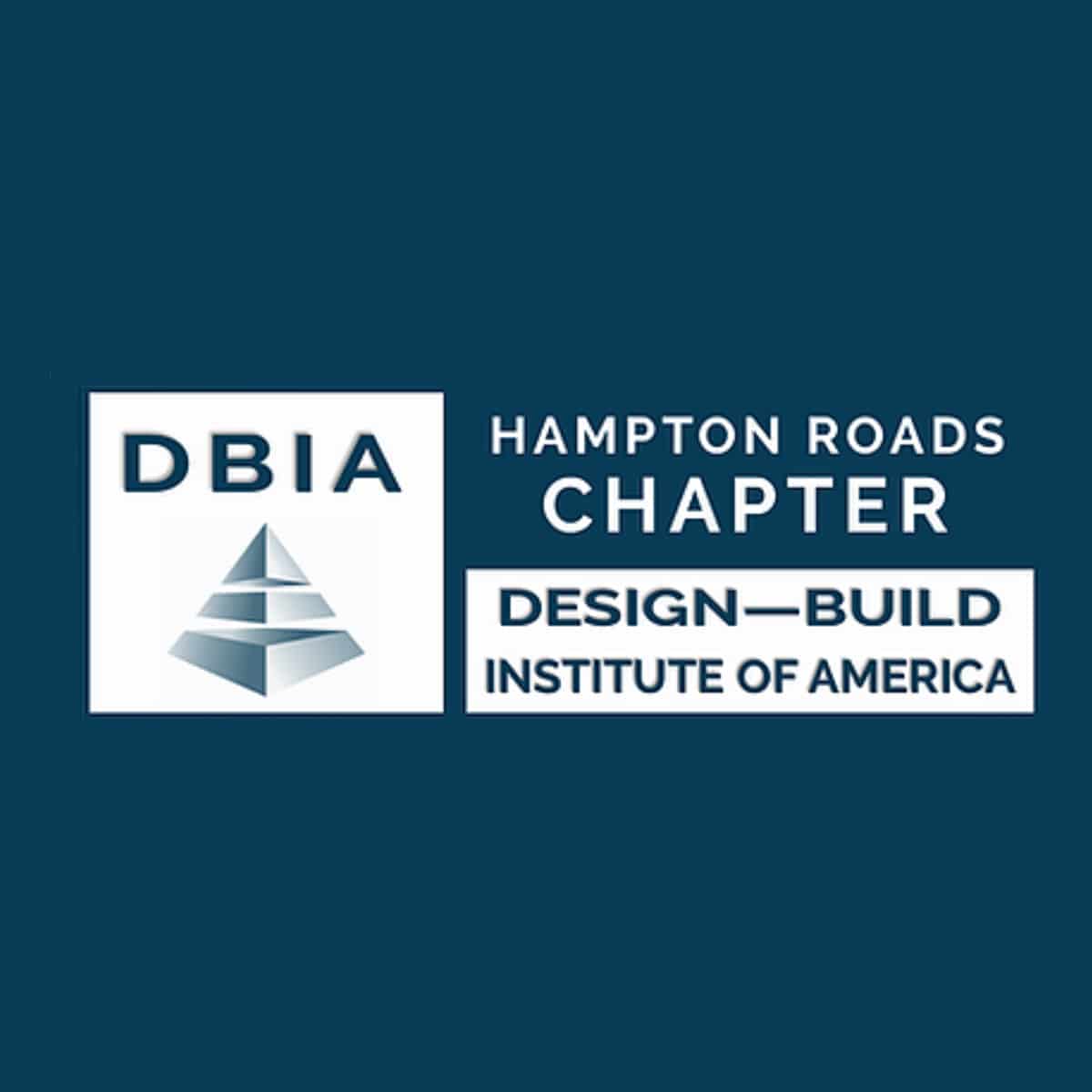Design-Build: Successful Collaboration & Creativity

Tom Tingle recently authored a piece for the Hampton Roads DBIA Article of the Month, diving into some key considerations when exploring the design-build project delivery method.
I received a call recently from a colleague who owns a successful A/E firm in a nearby state. Since most of his firm’s work is for municipal government clients, the predominant delivery method has been traditional Design-Bid-Build. His clients are migrating more into the Design/Build delivery method, and he is looking to enter that arena. “I was going to reach out to one of our competitive-bid contractors,” he said, “They don’t charge a lot on change orders, they generally build in accordance with our plans and specs, and their punch lists are usually short. I’m sure they would be a good partner to join on a Design-Build project.”
Maybe not!
If you are new to the Design-Build delivery method, choose your partners carefully. While good D-B-B contractors have talented estimators, they may not have experienced preconstruction managers that understand the nuances of D/B delivery. Here are some tips for entering Design/Build if you do not have familiarity:
Start small. Find a project type in which you have a lot of expertise and a client that is open to creative project delivery. Don’t go after the $50 M project as a first project – start with one where you can get comfortable with your D/B partners, learn the aspects of delivery and not lose your shirt if the project does not go well.
Reach out to contractors who have D/B experience. Even if you are new to Design/Build delivery, we have all worked with contractors on negotiated or Construction Management-at-Risk contracts. These contractors understand the preconstruction process – how to work with owners, architects, and engineers during the design and construction documents phases to get the best results for the client.
Find partners that have a similar value system to your own. Does the contractor work in an environment of trust, respect, and confidence in the entire team? Does your staff have equal respect for the contractor’s team and what they bring to the D/B process? Cooperation is vital to a successful D/B project.
Don’t go it alone. Find colleagues in the A/E/C industry that have had success with Design/Build projects. Join a team in a support role where you can share your specific expertise, but not necessarily take on the entire design risk (and reward) for the project. When joining a well-organized D/B team that has delivered successful projects, be a sponge – soak up everything you can about the process.
Assign senior staff members to the project. The biggest mistake I see a lot of firms make in Design/Build is to start the project off with inexperienced teams. D/B pursuits are often at the team members’ risk, so you support them with your less expensive staff, saving the senior staff for the clients that are paying, right? This approach is the best way to get upside down quickly. The decisions that are made during the first 10% of the project are the most critical – and the riskiest. They must be made by experienced team members, who can quickly evaluate high-level design options and their impact on cost/schedule/constructability.
Read DBIA literature and utilize DBIA agreements. The DBIA understands Design/Build, and the contract templates respond more to the industry – owners, contractors, and designers – than other association templates. Take advantage of the experience that other A/E/C colleagues have instilled in these documents.
No-ego environment. This is an extremely collaborative process with one goal in mind – the best project that meets the client’s needs. If you always need to drive the process, control communications with your client, and protect the owner from the contractor, Design/Build is probably not for you.
While the Design-Bid-Build construction procurement delivery will not go away, the construction industry continues to evolve toward more creative and collaborative delivery methods. My firm has been delivering CM at Risk and Design-Build projects for over 25 years and has found the collaboration and creativity of the teaming to be very rewarding, and a great business decision.
